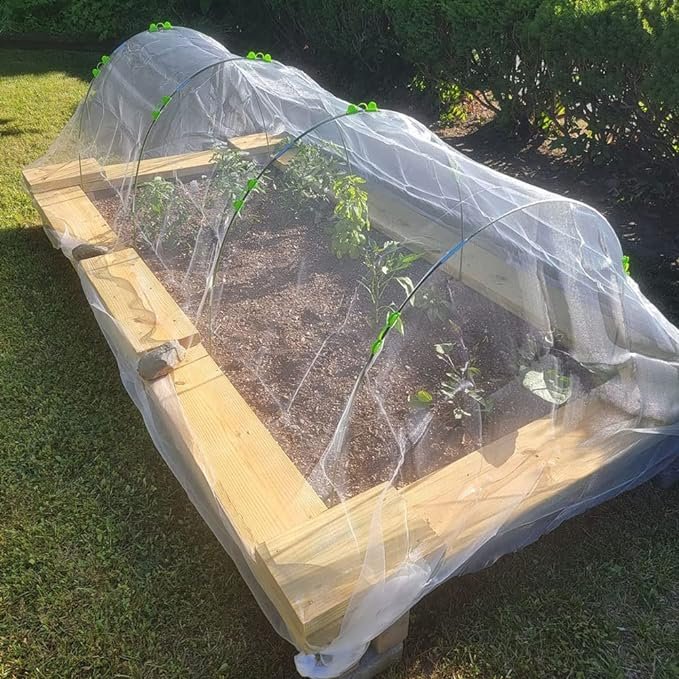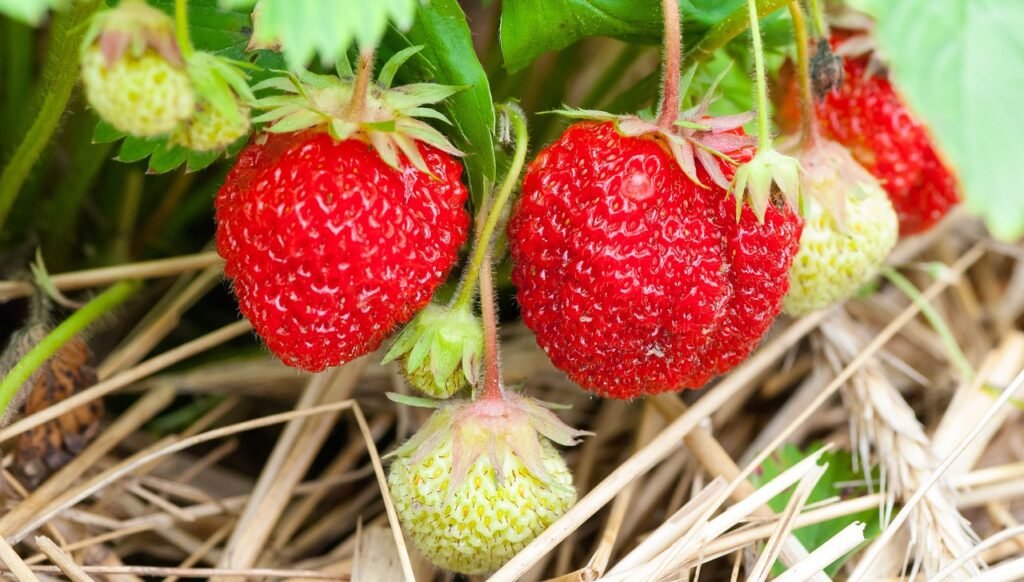Maintaining a thriving vegetable garden can be a delightful yet challenging endeavor. One of the biggest challenges gardeners face is managing pests that threaten to devour the fruits of their labor. While chemical pesticides are an option, many gardeners prefer eco-friendly, cost-effective, and customizable DIY pest control methods. This article will guide you through creating and using various DIY pest traps and barriers to protect your vegetable garden.
Why DIY Pest Control?
Effective pest control is crucial for a healthy vegetable garden. Pests can cause significant damage, leading to reduced yields and even plant death. DIY pest control solutions offer several benefits:
- Cost-Effectiveness: Most DIY solutions utilize common household items or inexpensive materials.
- Environmental Friendliness: Avoids the use of harmful chemicals that can affect beneficial insects and the broader ecosystem.
- Customization: Allows gardeners to tailor solutions to their specific pest problems and garden setup.
DIY Pest Traps
Slug and Snail Traps
Beer Traps
- Materials Needed: Shallow containers (e.g., tuna cans), beer.
- Step-by-Step Instructions:
- Fill shallow containers with beer.
- Bury the containers up to the rim in the soil around your plants.
- Check and empty the traps daily.
- Why It Works: Slugs and snails are attracted to the beer and drown in the liquid.

Citrus Rind Traps
- Materials Needed: Half an orange, lemon, or grapefruit rinds.
- Step-by-Step Instructions:
- Place citrus rinds face down in the garden.
- Check under the rinds each morning and remove any slugs or snails.
- Why It Works: Slugs and snails are attracted to the moisture and shelter provided by the rinds.

Flying Insect Traps
Sticky Traps
- Materials Needed: Yellow cardstock or plastic, petroleum jelly or sticky glue, sticks.
- Step-by-Step Instructions:
- Cut yellow cardstock into small squares or strips.
- Apply a layer of petroleum jelly or sticky glue on the surface.
- Attach the sticky traps to sticks and place them around the garden.
- Why It Works: Many flying pests, such as aphids and whiteflies, are attracted to the color yellow and get trapped on the sticky surface.
Vinegar Traps for Fruit Flies
- Materials Needed: Small container, apple cider vinegar, dish soap, plastic wrap.
- Step-by-Step Instructions:
- Fill a small container with apple cider vinegar.
- Add a few drops of dish soap to break the surface tension.
- Cover the container with plastic wrap and poke small holes in it.
- Place the trap near affected plants.
- Why It Works: The vinegar attracts fruit flies, and the dish soap ensures they drown in the liquid.
Ground Crawlers and Beetles
Potato Traps for Wireworms
- Materials Needed: Potatoes, skewers.
- Step-by-Step Instructions:
- Cut potatoes into halves or thick slices.
- Insert a skewer into each piece for easy retrieval.
- Bury the potato pieces just below the soil surface.
- Check and replace the traps every few days.
- Why It Works: Wireworms are attracted to the potatoes and can be easily collected and disposed of.
Cardboard Traps for Earwigs
- Materials Needed: Rolled-up cardboard, rubber bands.
- Step-by-Step Instructions:
- Roll cardboard into tubes and secure them with rubber bands.
- Place the cardboard tubes around the garden.
- Check the traps in the morning and shake out any earwigs into a bucket of soapy water.
- Why It Works: Earwigs seek shelter in the cardboard during the day.
DIY Pest Barriers
Row Covers
- Materials Needed: Lightweight fabric (e.g., garden fleece or insect netting), hoops or stakes.
- Step-by-Step Instructions:
- Place hoops or stakes over the garden bed to create a framework.
- Drape the fabric over the framework, ensuring it covers all sides.
- Secure the fabric with soil or clips.
- Why It Works: Row covers provide a physical barrier that prevents pests from reaching the plants while allowing light, air, and water to penetrate.

Netting and Fencing
- Materials Needed: Bird netting or fine mesh, stakes or poles, zip ties or clips.
- Step-by-Step Instructions:
- Install stakes or poles around the garden bed.
- Drape the netting or mesh over the stakes.
- Secure the netting with zip ties or clips.
- Why It Works: This method effectively keeps out larger pests like birds, rabbits, and deer while allowing pollinators to access the plants.
Diatomaceous Earth Barriers
- Materials Needed: Food-grade diatomaceous earth, applicator (e.g., a flour sifter or garden duster).
- Step-by-Step Instructions:
- Apply a thin layer of diatomaceous earth around the base of plants and on the soil surface.
- Reapply after rain or watering.
- Why It Works: Diatomaceous earth is abrasive to soft-bodied insects like slugs and aphids, causing them to dehydrate and die.
Maintenance and Effectiveness
- Regular Monitoring: Check traps and barriers regularly to ensure they are functioning effectively. Empty and replace traps as needed.
- Maintenance Tips: Keep barriers intact and repair any damage promptly. Reapply diatomaceous earth after it gets wet.
- Effectiveness Assessment: Track pest populations and plant health to gauge the success of your DIY methods. Adjust strategies as necessary based on observations.

Additional Tips and Tricks
- Companion Planting: Planting certain herbs and flowers can naturally repel pests. For example, marigolds can deter nematodes, and basil can repel flies.
- Beneficial Insects: Attract predators like ladybugs and lacewings by planting nectar-rich flowers and providing habitat features like insect hotels.
- Garden Hygiene: Maintain a clean garden by removing dead plant material, weeding regularly, and practicing crop rotation to reduce pest habitats.
DIY pest traps and barriers are effective, environmentally friendly ways to protect your vegetable garden from harmful pests. By using these methods, you can enjoy a bountiful harvest without relying on chemical pesticides. Give these traps and barriers a try, share your results, and contribute your own tips in the comments. For more gardening advice, don’t forget to subscribe to our blog!
Additional Resources
- Further Reading:
- Companion Planting for Pest Control
- Attracting Beneficial Insects to Your Garden
- Recommended Products:
- Food-grade Diatomaceous Earth
- Garden Fleece or Insect Netting
- Sticky Trap Supplies

